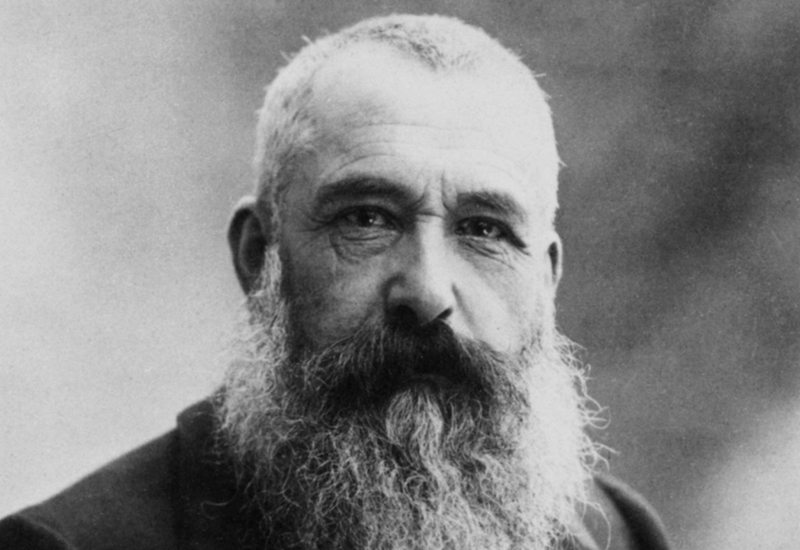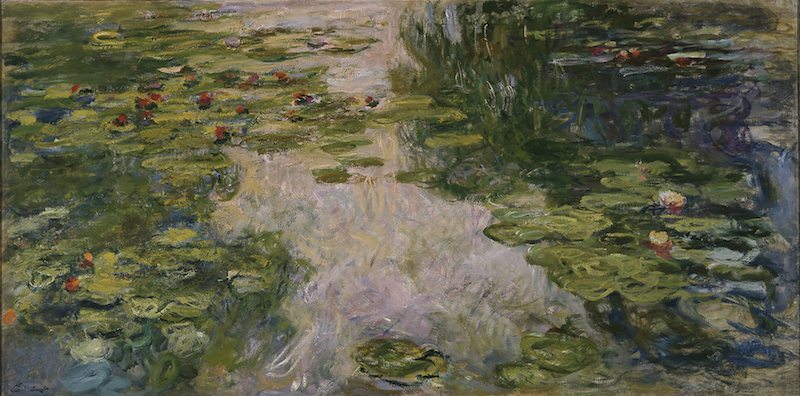Claude Monet
Episode #1 of the course “Prominent artists of Modern Art”
Famous French painter Claude Monet was born in 1840. As a rebel against traditional painting techniques, he aimed not necessarily to represent a subject on canvas, but to give the viewer an “impression” of the subject at a moment in time. His use of color, blurred lines, shifting perspective, and choppy brushstroke technique are considered some of the most revolutionary changes in art history.
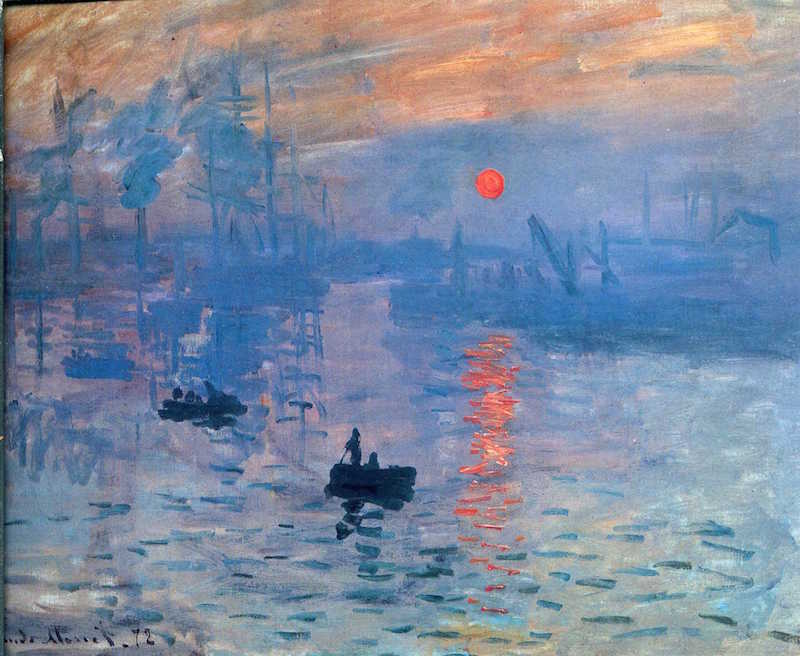 Impression: Sunrise
Impression: Sunrise
At age 22, Monet joined an elite art studio in Paris, and although he exhibited work several times, his career started slowly. When he joined an independent exhibition in 1874, his painting Impression: Sunrise was criticized as seeming “unfinished.” Admirers of Monet’s style began to call themselves “impressionists” after the painting’s title.
Monet focused on perspective, natural light, and capturing time in paintings. As a member of modern urban society, Monet often depicted scenes of Paris and captured the dreamlike quality of this new world. These scenes—which often included modern industrial buildings—and Monet’s detailed techniques inspired artists unaccustomed to such movement and urban images. Monet painted large canvases outdoors, then refined the details of the work at his studio. He often returned to places and painted them at different times of day to show how lighting changes scenery.
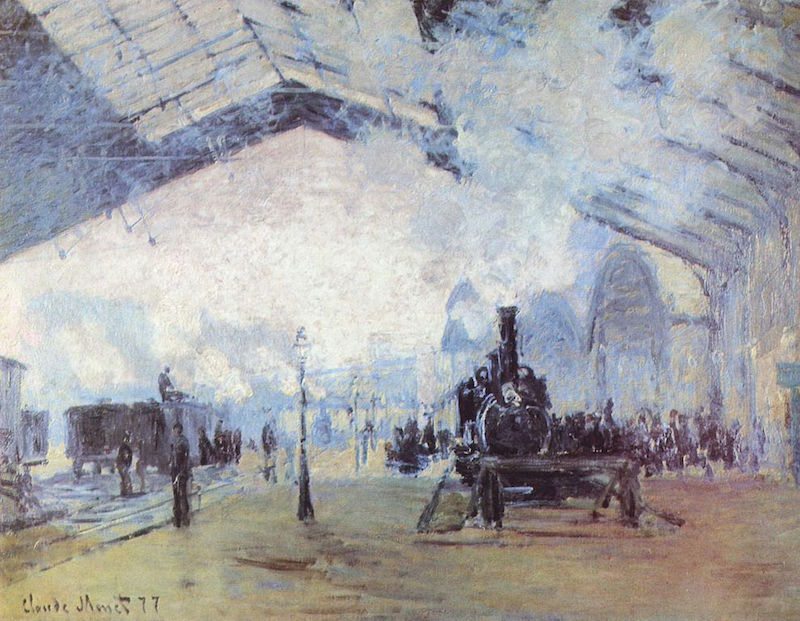 Saint Lazare trainstation, Paris
Saint Lazare trainstation, Paris
In the 1890s, Monet enjoyed success with many pieces, including Haystacks and Rouen Cathedral. Continuing to develop light and perspective, Monet worked to blend realism and romanticism, but his style fell out of popularity as art became more abstract. He painted throughout the 1920s, focusing his later years on the water lily pond in his backyard.
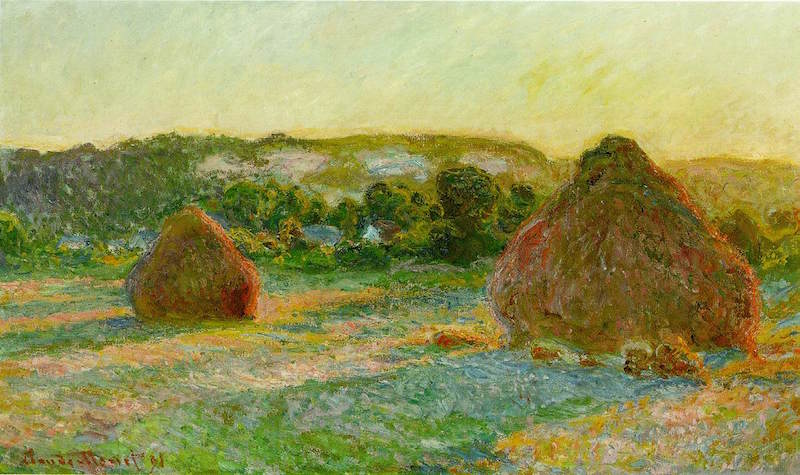 Haystacks
Haystacks
 Rouen Cathedral
Rouen Cathedral
Many of his famous water lily paintings include both the flowers and the bridges of the pond; these art pieces now reside in museums around the world. The Orangerie in Paris has housed the largest collection of Monet’s work since his death in 1926.
Share with friends

